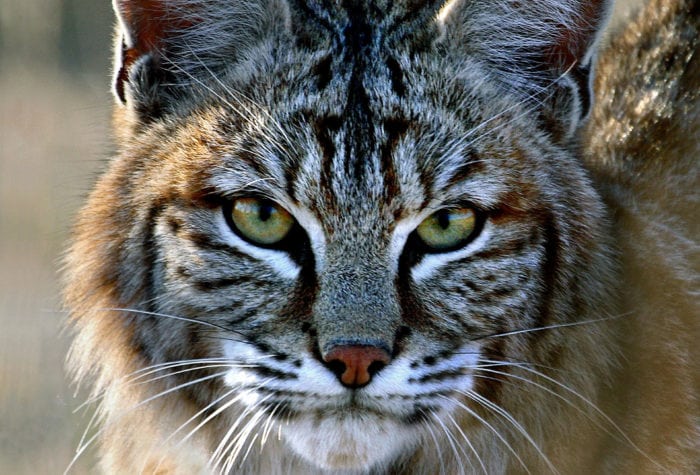Without summer’s dust, smoke and haze, the clear fall air can provide great long views and grand vistas, and, as the snows begin returning, these views are punctuated with snow-capped high points. It can be quite rewarding to return to one of your favorite views to catch a sunset or sunrise, or camp out and watch stars.
Mountain Mahogany trees are lovely now, offering good colors and a unique and relaxing smell to the duff—a great place to rest in the middle of the day, or to sleep out underneath. Lichens have many great colors and some amazing, even otherworldly, forms and are well worth your attention. You’ll be surprised at the variety.
If you are lucky enough to spot a coyote, they are looking quite plush now as their coats will have grown thicker in the late fall. It’s fun to watch them hunting in snowy fields, with their ears attuned and head cocked to the sounds of rodents under the snow, ready to pounce and dive headfirst into the snow.
Oregon’s big four ungulates—mule deer, Rocky Mountain elk, pronghorn and Rocky Mountain bighorn sheep—are concentrated in the winter time and, thus, can be easier to find and watch. Look for places where snow cover is thinner and where there is brushy, or treed, cover for the deer and elk. The Malheur National Wildlife Refuge can be a great place to watch mule deer in rut, from late November through December. Just be careful if you do see deer or elk in rut, as they’re not at all tolerant of humans intruding on their romantic interludes. Pronghorn concentrate in lower, thus warmer, areas, and due to their exceptionally keen eyesight and great speed, they’re not as dependent upon cover as the elk and deer. Bighorn sheep will be driven down into lower areas by high elevation snows, but they winter over in fairly hidden and inaccessible canyons, so you’re not likely to see them. However, exploring the rugged east side canyons on Steens Mountain, or on Hart Mountain where ODFW has introduced some bighorns, may yield sightings.

